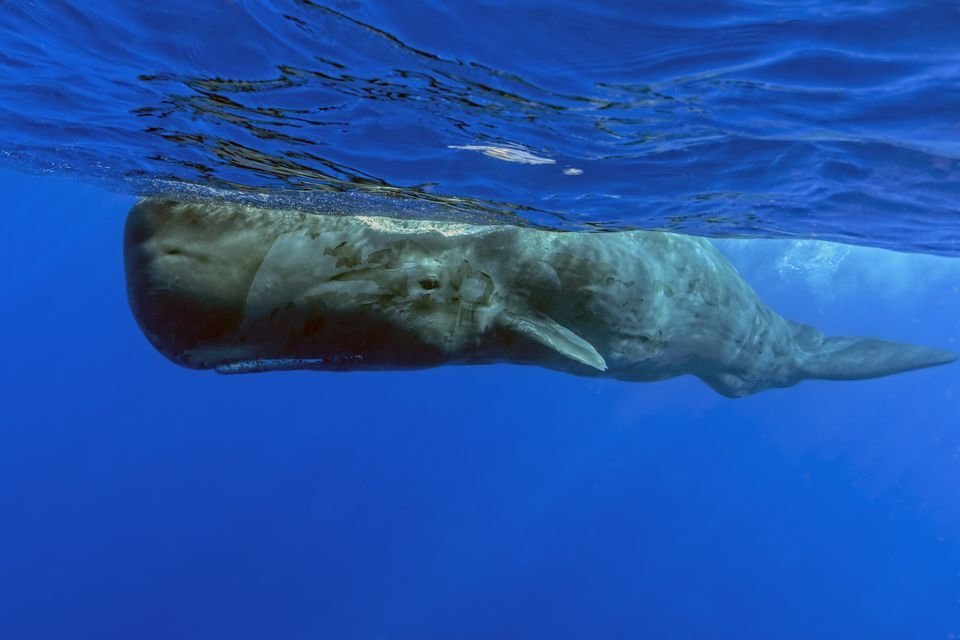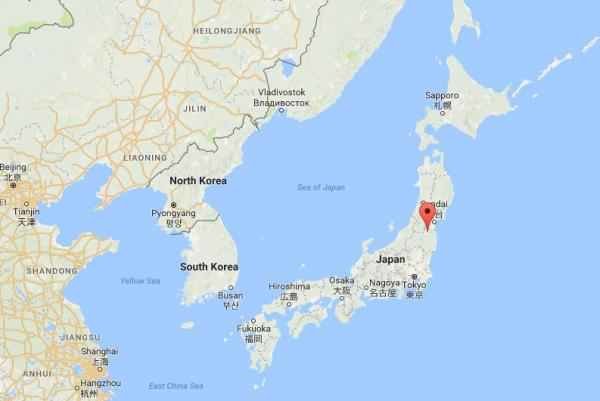
Sperm whale
A dead sperm whale was found on the beach on San Jose Island on Monday, Nov. 21, according to Tony Amos, Port Aransas coordinator with the Texas Marine Mammal Stranding Network.
No cause of death has been determined, said Amos, who also is director of the Animal Rehabilitation Keep and research fellow with the University of Texas Marine Science Institute. Samples were taken from the whale's body for analysis.
Today (Tuesday, Nov. 22), the 28-foot-long whale's body still is lying in shallow water not far from shore, slightly more than one mile north of the north jetty. It's unclear whether efforts will be made to dispose of the carcass, which weighs many tons, Amos said.
Amos cautioned that folks shouldn't touch or even get close to the whale's body. It could carry diseases, and a wave could push the huge carcass onto someone who gets too close, he said.
In addition, under the Marine Mammal Protection Act, it is against the law to touch sperm whales even after they're dead, Amos said.

Comment: The signs are already here, with early snowfalls and cold records already being set: